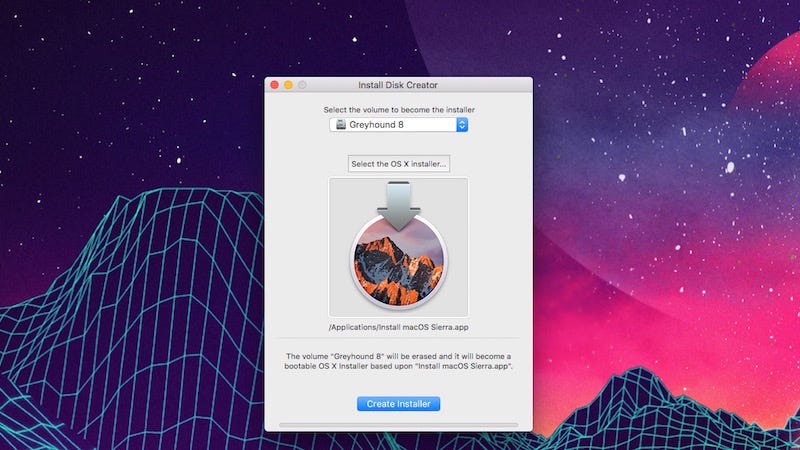One of the new features available in Rufus 2.0 and above versions is the ability to create Windows To Go drives in a few mouse clicks. As all Windows 10 users likely know, the Windows To Go feature was first introduced with Windows 8, although there were third-party solutions to install Windows to USB drive even before the release of Windows 8. I find a USB bootable installer to be an excellent resource. And while there are a few ways to go about creating one for macOS, for me the simplest way is the one that has the least number of. In this case, you’d probably want to create macOS High Sierra Bootable USB Installer on Windows. For those who doesn’t know, creating a macOS bootable USB installer on Windows is definitely possible and can be done with really simple steps with software like TransMac. Create macOS High Sierra Bootable USB Installer on Windows 10 Firstly, you need to download macOS High Sierra DMG file from the link below. Also, with the DMG your should the download the TransMac software from the link down below, and for the flash drive, you need 8 GB or higher.
With a bootable Ubuntu USB stick, you can:
Create Macos Mojave Usb From Windows

- Install or upgrade Ubuntu, even on a Mac
- Test out the Ubuntu desktop experience without touching your PC configuration
- Boot into Ubuntu on a borrowed machine or from an internet cafe
- Use tools installed by default on the USB stick to repair or fix a broken configuration
Creating a bootable USB stick is very simple, especially if you’re going to use the USB stick with a generic Windows or Linux PC. We’re going to cover the process in the next few steps.
Apple hardware considerations
Create Mac Os Usb From Windows
There are a few additional considerations when booting the USB stick on Apple hardware. This is because Apple’s ‘Startup Manager’, summoned by holding the Option/alt (⌥) key when booting, won’t detect the USB stick without a specific partition table and layout. We’ll cover this in a later step.
